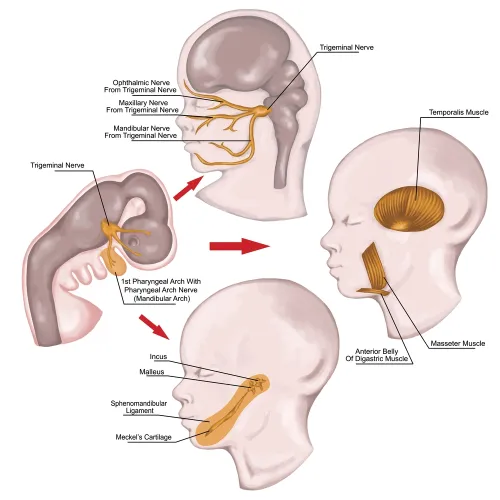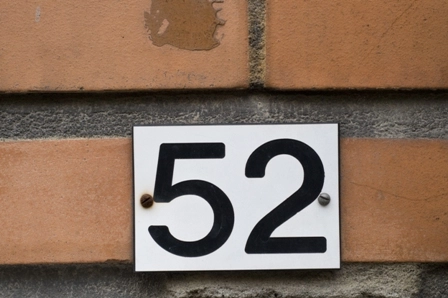I.D. Differences Between Aftercare, Follow-Up Diagnoses

Don’t forget proper code sequencing rules, either. Follow-up and aftercare are important components of nearly every specialty, including radiology. While the specifics might differ from that of, say, an in-office visit, most of the diagnostic components are the same. However, coding follow-up and aftercare visits requires that you are properly able to distinguish between the two — and that’s not always easy. If that’s not enough, you’ve also got to consider what follow-up situations don’t warrant the use of a follow up or aftercare code altogether. Grasp the fundamentals of postprocedural diagnostic coding using these key guidelines and examples. Consider Treatment, Recovery When Choosing Between Code Sets If you’re working on a patient’s postoperative visit and are unsure of whether the visit justifies the use of an aftercare code or a follow-up code, you’ll want to have a look at the ICD-10-CM guidelines to compare and contrast both options. One of your primary considerations surrounding the patient’s postoperative visit should be determining whether treatment is ongoing or if the patient is in the recovery phase. Have a look at the following aftercare coding guideline: In other words, the patient must still be in the healing or recovery phase in order for an aftercare code to be reported. On the other hand, have a look at what circumstances justify reporting a follow-up code: This means that the patient is no longer in the healing or recovery phase of the surgery. Rather, the treatment has been completed and the patient is presenting for a routine check-up. Confirm Complete Treatment of Malignancy Before Reporting Z08 Example: A patient presents for a magnetic resonance imaging (MRI) scan one month following a breast lumpectomy to remove malignant tissue. The MRI reveals no traces of malignancy. You might assume that, using the ICD-10-CM guidelines, this scenario is straightforward. However, you shouldn’t necessarily jump to report Z08 (Encounter for follow-up examination after completed treatment for malignant neoplasm) just because the dictation report documents no traces of remaining malignancy. Rather, when considering whether Z08 is appropriate in this example, you’ve got to take more into account than the mere surgical removal of the malignant tissue. No authoritative sources, including AHA Coding Clinic, offer further elaboration as to what constitutes “completed treatment.” Until you hear otherwise, you shouldn’t assume treatment has been completed merely following a successful surgical removal of the malignancy. “As radiology coders, we depend on what we get in an order for complete and correct diagnosing information, but we often don’t get what we need to give the best and most complete diagnosis codes,” says Kimberly M. Fifer, CPC, CEDC, manager of coding operations at Revenue Cycle Management in Roanoke, Virginia. Rather, Fifer explains that you need more information than you usually have at your disposal in order to make a definitive determination of “completed treatment.” “For instance, they may still be taking cancer-related medicine like tamoxifen or undergoing intermittent treatments such as radiation or chemotherapy,” Fifer explains. In this example, you cannot definitively conclude that the patient has completed treatment for her breast malignancy. You will report Z48.3 (Aftercare following surgery for neoplasm) as your primary diagnosis. Additionally, you should only report Z85.3 (Personal history of malignant neoplasm of breast) when reporting Z08 as your primary diagnosis. Note: For follow-up imaging following completed surgical treatment for non-cancerous conditions (including benign neoplasms), you will report Z09 (Encounter for follow-up examination after completed treatment for conditions other than malignant neoplasm). Use More Guidelines to Determine Proper Code Sequencing Example: A patient presents for a computed tomography (CT) scan three days following a septoplasty for a deviated nasal septum from an old trauma. The patient complains of pain and excessive bleeding from the surgical site. What’s initially clear is that this follow-up visit does not warrant a follow-up care (Z09) diagnosis. While the deviated septum may have been fixed, treatment has not been completed due to the patient’s underlying symptoms. However, the coding process becomes more convoluted when determining whether to code this visit using an aftercare diagnosis code, a complication diagnosis code, or both. First, you will identify in the report that this patient is experiencing postsurgical complications in the form of pain and postsurgical hemorrhage. Have a look at this ICD-10-CM guideline instructing you on how to approach postprocedural complication coding: Following these instructions, you should code the patient’s postprocedural hemorrhage as the primary diagnosis. Make sure you do not make the mistake of using a nonspecific postprocedural complication code when a more specific option is available. In this case, you can report J95.830 (Postprocedural hemorrhage of a respiratory system organ or structure following a respiratory system procedure). Typically, you would not consider reporting the pain separately since it’s a clear and obvious symptom of the postprocedural hemorrhage. However, have a look at these ICD-10-CM instructions on postprocedural pain coding: These guidelines instruct you to report the pain that’s associated with a postoperative complication. You will report G89.28 (Other chronic postprocedural pain) as a secondary diagnosis. Where this example becomes especially tricky is when you take the aftercare code into consideration. According to the guidelines, this patient’s visit technically qualifies as an aftercare visit, as the patient is in the healing and recovery phase of the procedure. You might argue that the treatment is directed at a current, acute disease. However, when the disease is a complication from the surgery, you should still report an aftercare code as a secondary diagnosis. ICD-10-CM explains that aftercare codes are “generally” first-listed, but this is not a requirement. Rather, in scenarios such as the example above, you will report the aftercare code as a secondary diagnosis since the guidelines on complications instruct that you report the complication code as the first listed diagnosis. As a third diagnosis to the above example, you will report Z48.813 (Encounter for surgical aftercare following surgery on the respiratory system).




